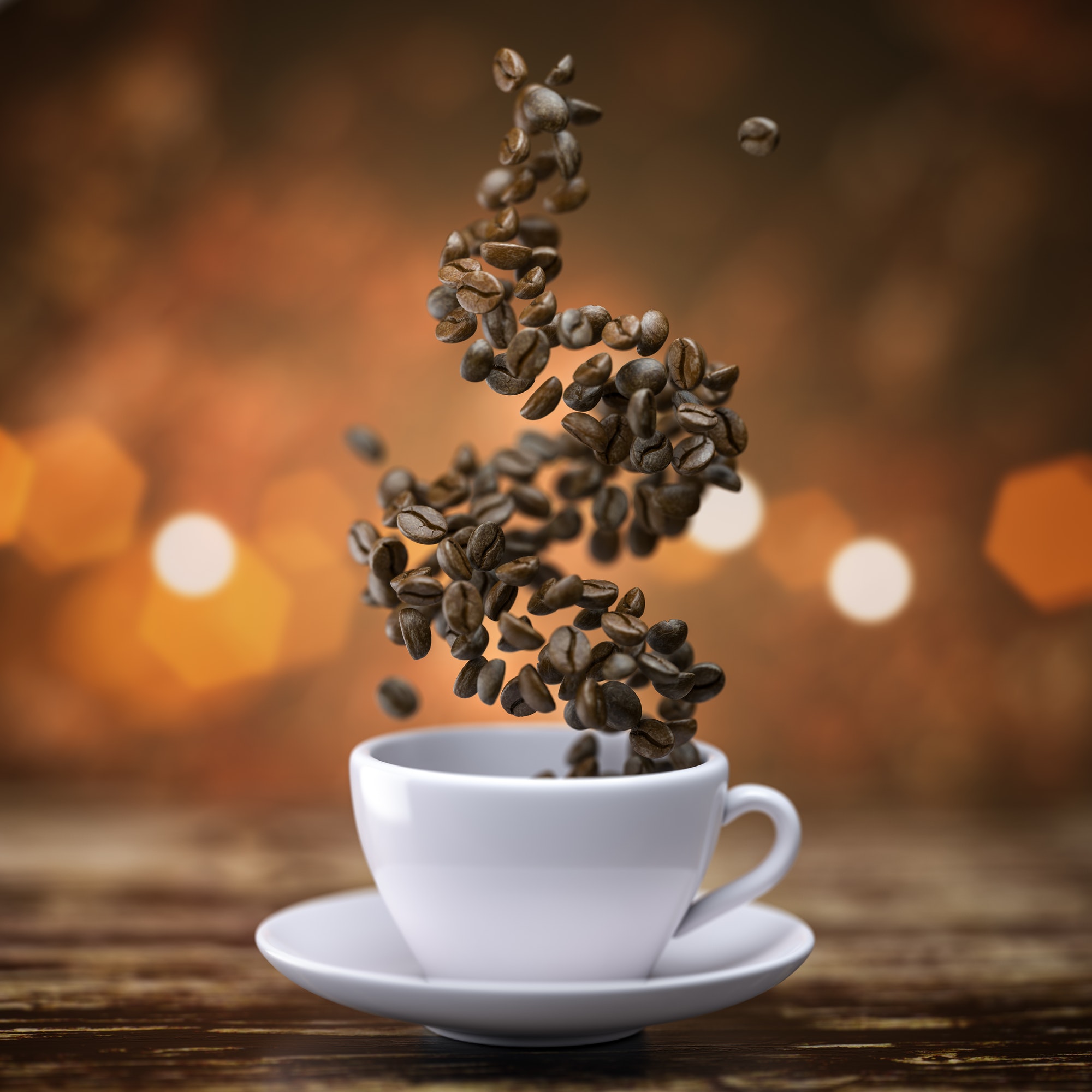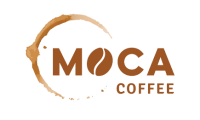It is noteworthy that, in addition to focusing on targets, future studies should also identify the biomarkers for ketamine responsiveness and explore its long-term effects. MS is a chronic demyelinating autoimmune disease that significantly impacts daily activities and imposes a substantial economic burden on patients, caregivers, and the healthcare system 306. Psychiatric comorbidities, including depression and anxiety disorders, are frequently encountered in individuals afflicted with MS 13.
- Psychological dependence is also evident through an overwhelming desire to use ketamine, despite being aware of its negative consequences on your life, including relationship breakdowns and financial problems.
- Reduced levels of cytokines such as IL-10, IL-4, and TGF-β1 have been observed in both the plasma of patients with depression and the brain tissue of animal models of depression 175, 176.
- Dopamine is the principal neurotransmitter in the brain’s extrapyramidal system and a precursor to adrenaline and noradrenaline, which are crucial in regulating behavior 52.
- There were 4 reports of irritable bladder, but all noted the effect was also temporary, lasting hours to days following treatment.
What are the Adverse Effects of Combining Ketamine with Other Drugs?
A number of respondents commented on home use of ketamine without reports of significant adverse events. This is in contrast to recent warnings from the United States Food and Drug Administration (FDA) cautioning against use of home ketamine. When this is considered in the context of the clinical experience of these respondents, it suggests warnings do not align with the level of medical risk. This would suggest potential stigmatization regarding the dangerousness of ketamine in psychiatry. Similarly, safety measures in place were reported more often than felt “necessary,” suggesting that respondents have these measures in place only to satisfy regulatory bodies rather than reflective of medical risk. This variability speaks to the concept that due to ketamine’s anesthetic action, its safety profile is variable based on dosing and route.
Top Ten Signs of Ketamine Abuse
While risk of ketamine abuse appears low, clinicians should be alert to signs of misuse, particularly with any at-home administration. Notably, many stroke patients develop depression, leading to more significant disability and increased mortality rates 86. The precise pathophysiology of PSD remains unclear, involving mechanisms such as glutamatergic systems, monoaminergic, gut-brain axis dysfunction, and HLA 245. In addition, neuroinflammation also plays a role in PSD pathogenesis, involving glial cells inducing the release of cytokines (TNF-α, IL-1, IL-6) and monocyte-derived macrophages 246. For example, the downregulation of miR34b-3p in hippocampal neurons after stroke leads to increased expression of eIF4E, activating microglia-mediated neuroinflammation and ultimately inducing PSD 247. Interestingly, the antidepressant effect of ketamine is mediated by eIF4E in cell-specific translation 30.
- Anxiety and depressive disorders frequently coexist, with up to 85% of individuals diagnosed with depressive disorders concurrently experiencing anxiety disorders 6.
- Indeed, Microglial activation levels (TSPO-VT) were notably linked to persistent severe depression, particularly in the ACC, frontal cortex, and insula of patients without long-term antidepressant 157.
- Moreover, the sustained antidepressant actions of ketamine are related to microglial ERK-NRBP1-CREB-BDNF signaling 182.
- Recovery Lighthouse provides all these stages at our inpatient centre to help give you the best chance of recovery.
Administration route and dosing
- As we discuss the topic further, you’ll find that understanding these signs not only sheds light on the issue but also paves the way toward the possibility of recovery.
- It is most likely that the sub-anesthetic, non-parenteral doses do not require the same safety measures in place as necessary in ketamine anesthesia.
- Ketamine, similarly, can afford its users space between themselves and overwhelming despair, which might help explain how it can treat depression, Mathai, the Miami psychiatrist, said.
- Behavioural changes to observe include a marked shift in daily routines and priorities.
- Moreover, deficiency in IL-4 compromises stress resilience, while increasing cytokine levels attenuates depressive symptoms 168, 178.
- The signs and symptoms of ketamine abuse and addiction are not so easy to spot, especially for a non-user.
Evidence from studies involving microglial-specific knockouts of IL-10 has demonstrated induction of depressive-like behavior in mice, along with elevated IL-6/IL-10 ratios, indicating an imbalanced pro- and anti-inflammatory cytokine milieu may promote inflammation 177. Moreover, deficiency in ketamine addiction IL-4 compromises stress resilience, while increasing cytokine levels attenuates depressive symptoms 168, 178. IL-4 has been shown to facilitate the reprogramming of microglia towards an arginase 1 (Arg1) phenotype, which is essential for maintaining optimal neuroprotective and regenerative functions, thereby promoting brain homeostasis 179. Additionally, recent research has highlighted the role of hippocampal IL4-induced Arg1+ microglia in promoting neurogenesis, which helps protect against depressive-like symptoms in the context of exposure to chronic mild stress 180.
- Individuals who misuse Ketamine often start using it more frequently and in larger quantities to maintain the desired effects.
- Liverpool is the UK’s ketamine hotspot for seizures of the drug, with busts on Merseyside more than five times the national average.
- However, researchers didn’t identify ketamine abuse by race or another demographic, so it’s unclear if one group uses the drug more than another.







